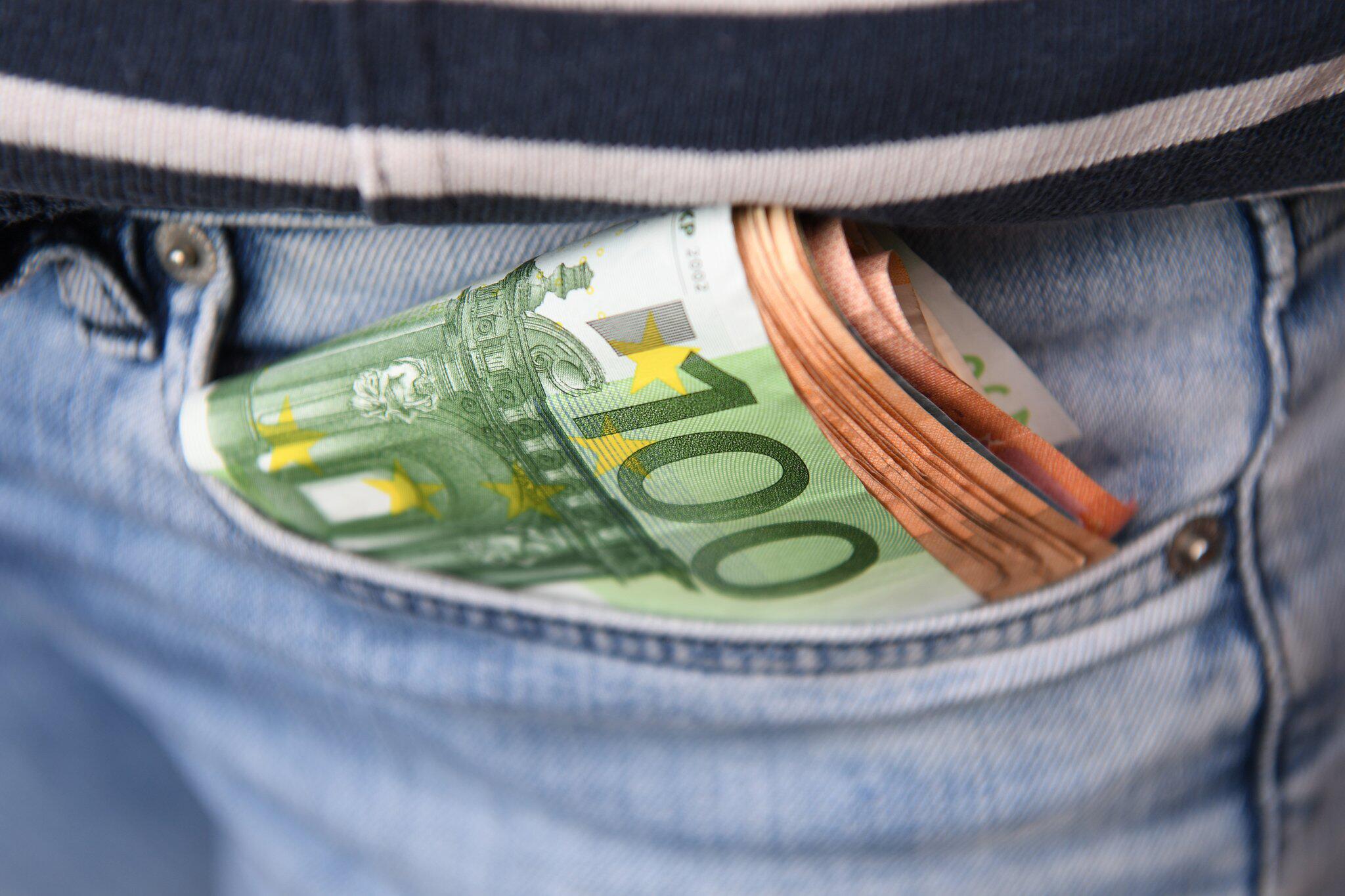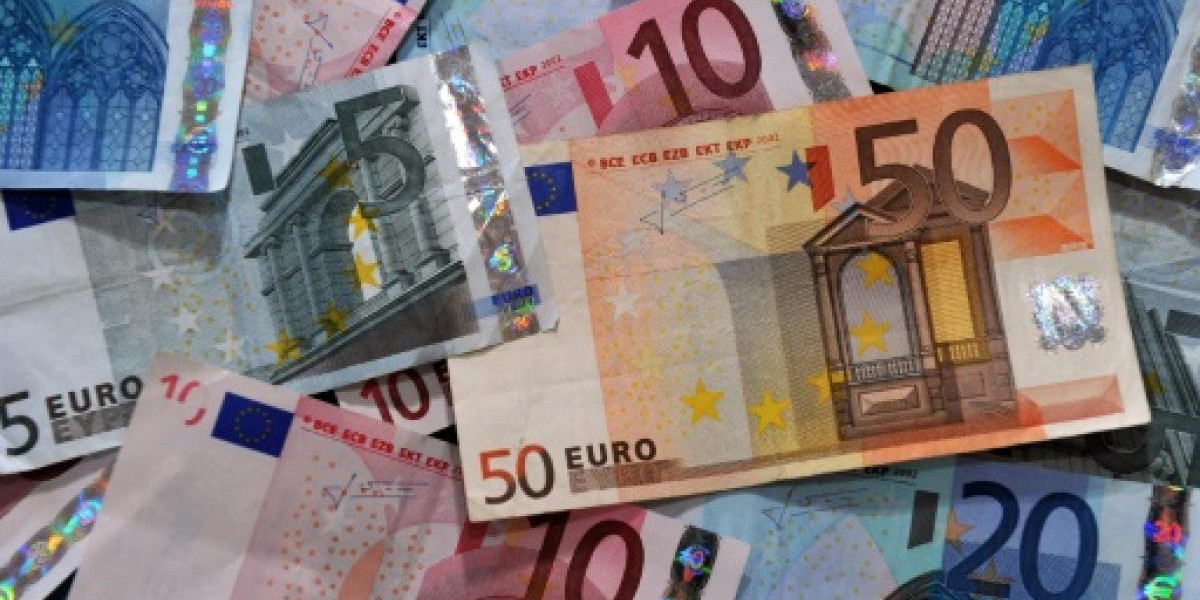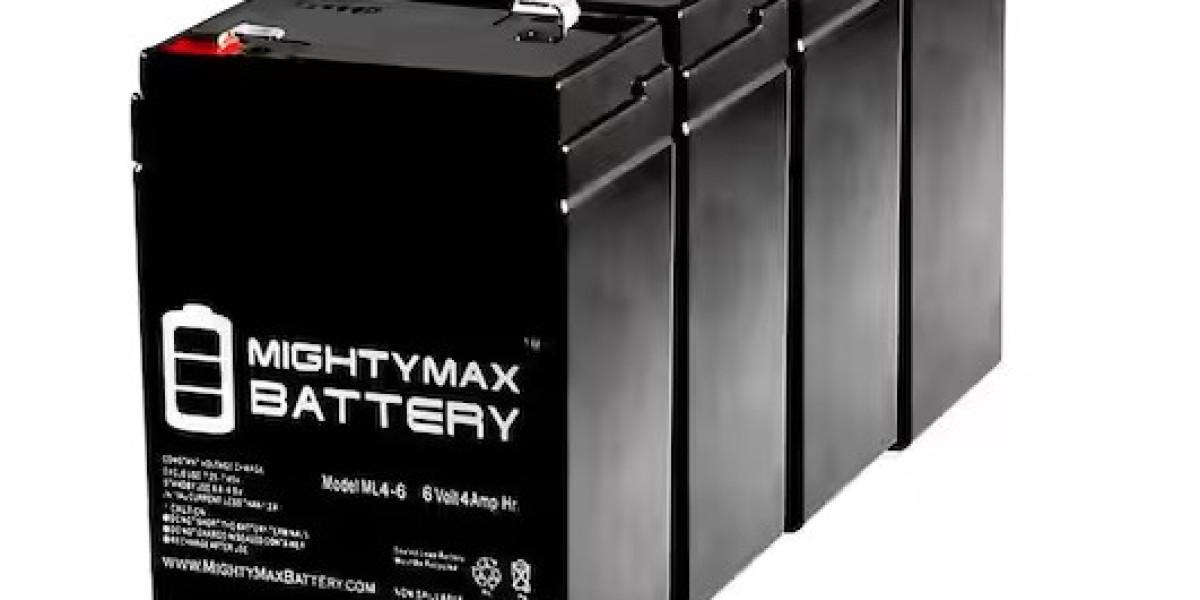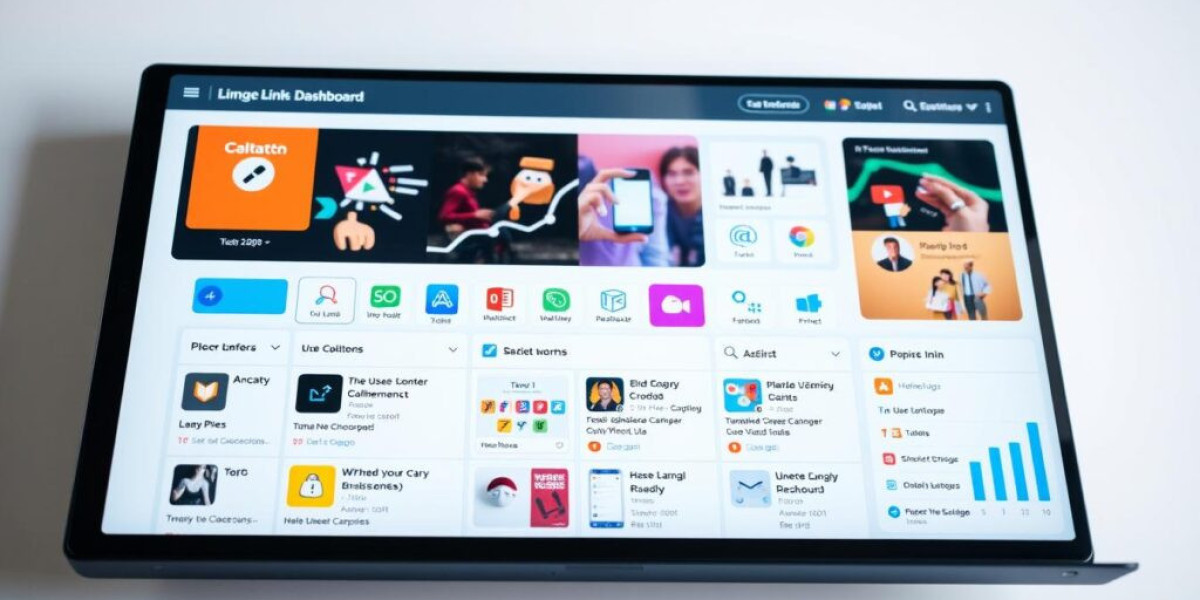In the digital age, the proliferation of counterfeit money has become a significant concern for governments, businesses, and consumers alike. Counterfeit currency refers to fake money that is produced with the intent to use it as if it were legitimate. As the global economy continues to evolve, so too do the methods employed by counterfeiters, making it crucial for individuals and businesses to understand how to identify counterfeit money, the risks involved, and the potential legal ramifications of dealing with counterfeit currency.
The Nature of Counterfeit Money
Counterfeit money is essentially fake currency that resembles genuine banknotes. It is often produced with sophisticated techniques that make it challenging to distinguish from authentic bills. Counterfeiters may use high-quality printing presses, special inks, and advanced materials to replicate the appearance of real currency, which poses a risk to unsuspecting individuals and businesses.
Common Methods of Counterfeiting
Counterfeiters employ various methods to create fake currency, including:
- Digital Printing: Using high-resolution printers to produce counterfeit bills that closely resemble real currency.
- Photocopying: Making copies of legitimate currency, often using advanced photocopiers that can bypass security features.
- Paper and Ink Manipulation: Utilizing specific types of paper and ink that imitate the texture and color of authentic banknotes.
- Chemical Alteration: Altering legitimate currency by changing the denomination or removing security features through chemical means.
Recognizing Counterfeit Money
To mitigate the risks associated with counterfeit money, it is essential for individuals and businesses to learn how to identify counterfeit bills. Here are some key features to look for:
- Watermark: Authentic currency usually features a watermark that can be seen when held up to the light.
- Security Thread: Most legitimate banknotes include a thin strip of plastic that is woven into the bill.
- Color-Shifting Ink: Genuine currency often uses ink that changes color when viewed from different angles.
- Microprinting: Tiny text that is difficult to replicate is often included on authentic currency.
- Texture: Real banknotes are printed on a unique paper blend that feels different from standard paper.
Tips for Identifying Counterfeit Money
- Use a Counterfeit Detection Pen: These pens contain ink that reacts to the starch in paper. If the ink turns a certain color, euro Falschgeld kaufen the bill is likely counterfeit.
- Hold the Bill Up to the Light: Check for watermarks and security threads.
- Inspect the Bill Closely: Look for microprinting and other intricate details that counterfeiters might miss.
Legal Consequences of Counterfeit Money
The legal ramifications of dealing with counterfeit money can be severe. Counterfeiting is a federal crime in many countries, including the United States, and the penalties for involvement can include hefty fines and prison time. Here are some of the key legal consequences individuals may face:
- Felony Charges: Producing or distributing counterfeit currency can lead to felony charges, which may result in imprisonment for several years.
- Fines: Convictions can come with significant financial penalties, often reaching thousands of dollars.
- Restitution: Offenders may be required to pay restitution to victims who suffered losses due to their actions.
- Criminal Record: A conviction can result in a permanent criminal record, which may impact future employment opportunities and other aspects of life.
FAQs about Counterfeit Money
1. What should I do if I receive counterfeit money?
If you suspect that you have received counterfeit money, do not attempt to spend it. Instead, report it to your local law enforcement agency or the Secret Service (in the United States) immediately.
2. How can I protect my business from counterfeit money?
Businesses can protect themselves by training employees to recognize counterfeit bills, using counterfeit detection tools, and implementing strict cash handling policies.
3. Is it illegal to own counterfeit money?
While it may not be illegal to possess counterfeit currency for educational or research purposes, it is illegal to use or distribute counterfeit money. Being in possession of counterfeit money with the intent to use it can lead to serious legal consequences.
4. What are the most commonly counterfeited denominations?
In the United States, the £20 bill is often the most commonly counterfeited denomination, followed closely by the £100 and £50 bills. This is largely due to their prevalence in circulation.

5. Can technology help in preventing counterfeiting?
Yes, advancements in technology, such as enhanced security features in currency design, digital payment systems, and counterfeit detection devices, have improved efforts to combat counterfeiting.
Counterfeit money remains a significant threat in today’s economy, affecting individuals and businesses alike. Understanding the nature of counterfeit currency, recognizing the signs of fakes, and being aware of the legal consequences are essential steps in combating this issue. As counterfeiters continue to evolve their techniques, vigilance and education are key to protecting oneself and one's business from the risks associated






